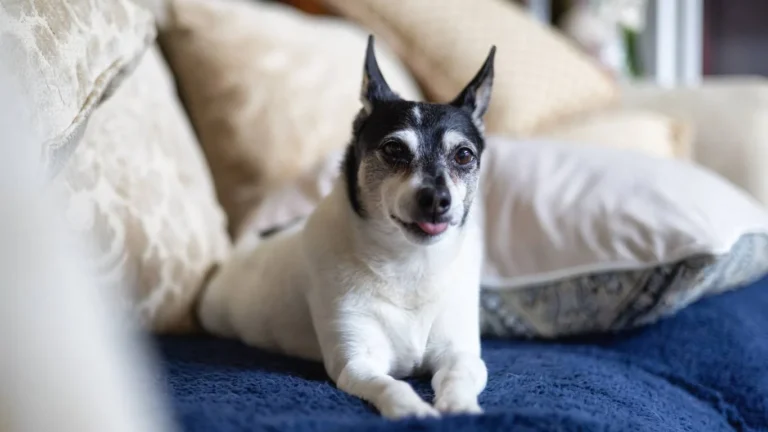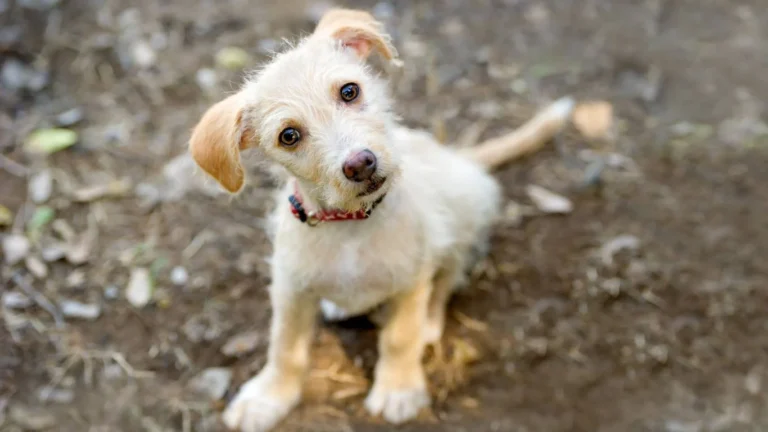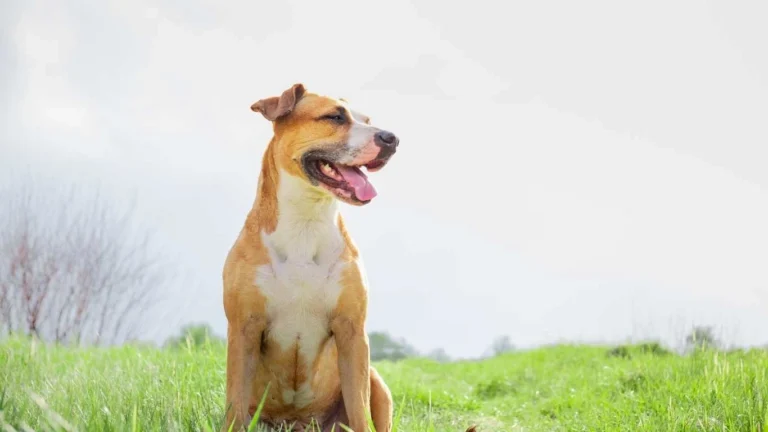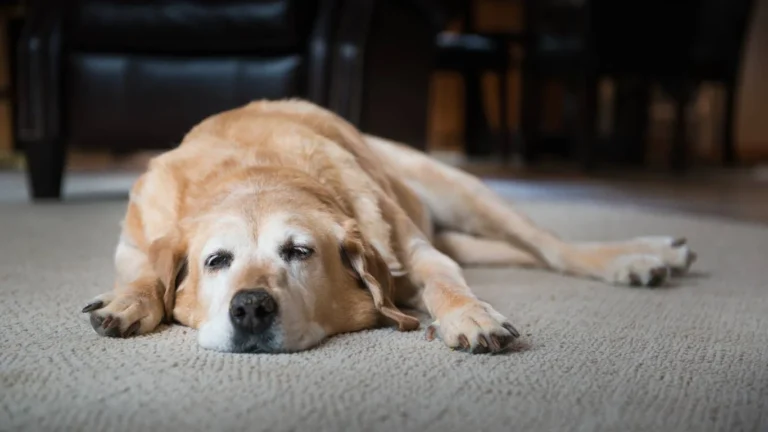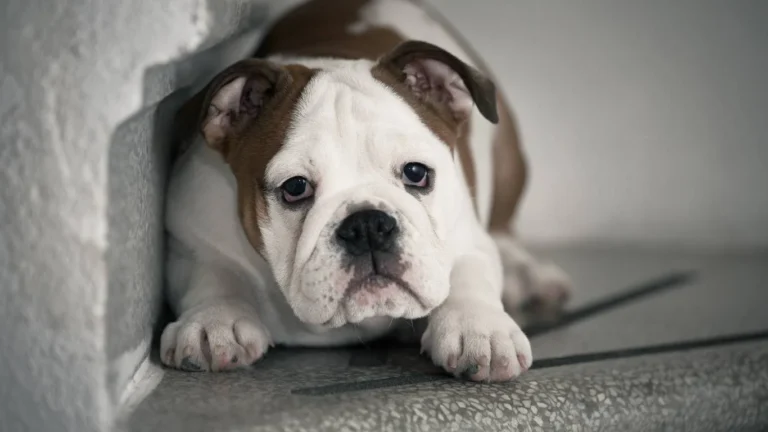Why is my dog’s poop covered in mucus? Discover the surprising causes
Ever had that moment when you’re cleaning up after your furry buddy and notice something a bit… off? Like, why is my dog’s poop covered in mucus? As a Veterinary Assistant with a nutrition focus, I’ve seen this question pop up more times than I can count. It’s a worry that pulls you in—because, hey, your pup’s health is your priority. Mucus on dog poop might sound gross, but it’s actually a sign your dog’s digestive tract is trying to tell you something. Let’s break it down together in a way that’s easy to understand, and hopefully, ease some of those “what now?” moments.
What Does Mucus on Dog Poop Actually Mean?
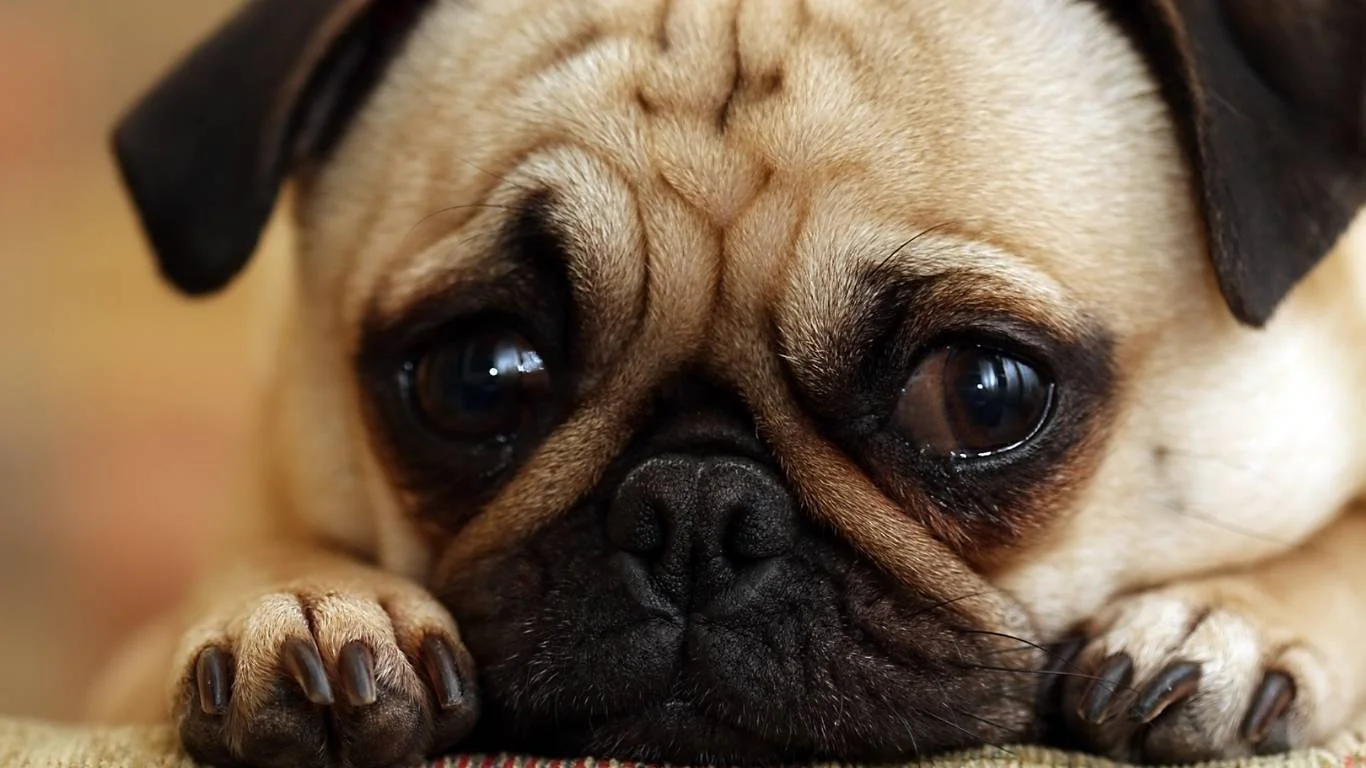
Mucus in your dog’s stool isn’t random. It’s a slimy, jelly-like substance produced by the intestines, acting as a lubricant to help poop slide out comfortably. A small amount is totally normal—think of it as your dog’s gut doing its job. But when the poop is covered in mucus, it’s a clear signal something’s up inside that digestive tract.
From my experience working alongside vets and pet nutritionists, mucus-heavy stool often points to irritation or inflammation in the colon or intestines. It’s like the body’s way of saying, “Hey, I’m stressed down here!”
Common Causes Behind Mucus in Dog Poop
There are several reasons your dog’s poop might be covered in mucus. Some are minor and easily fixed, others might need a vet’s attention:
- Dietary changes or food intolerance: Sudden switches in food or sensitive stomachs reacting to certain ingredients can cause mucus production.
- Infections: Bacterial, viral, or parasitic infections often irritate the gut lining, leading to mucus discharge.
- Inflammatory Bowel Disease (IBD): Chronic inflammation can cause persistent mucus in stool—something I’ve seen a few times in my job where diet and medication helped manage symptoms.
- Stress: Yes, dogs can get stressed too! Stress affects gut motility and mucus production.
- Rectal or anal gland issues: Sometimes infections or blockages near the anus trigger mucus production.
How to Tell If It’s Serious or Just a Fluke
Since mucus can pop up for many reasons, it’s important to pay attention to other symptoms. From personal experience, I always tell pet parents to watch for:
- Changes in appetite or energy levels.
- Diarrhea or constipation along with mucus.
- Blood mixed in with the mucus or poop.
- Frequent straining or discomfort during bathroom breaks.
- Repeated episodes lasting more than a couple of days.
If any of these show up alongside the mucus, it’s a good idea to check in with your vet sooner rather than later. Early intervention often means easier treatment and a happier pup.
How Diet Plays a Role in Mucus Production
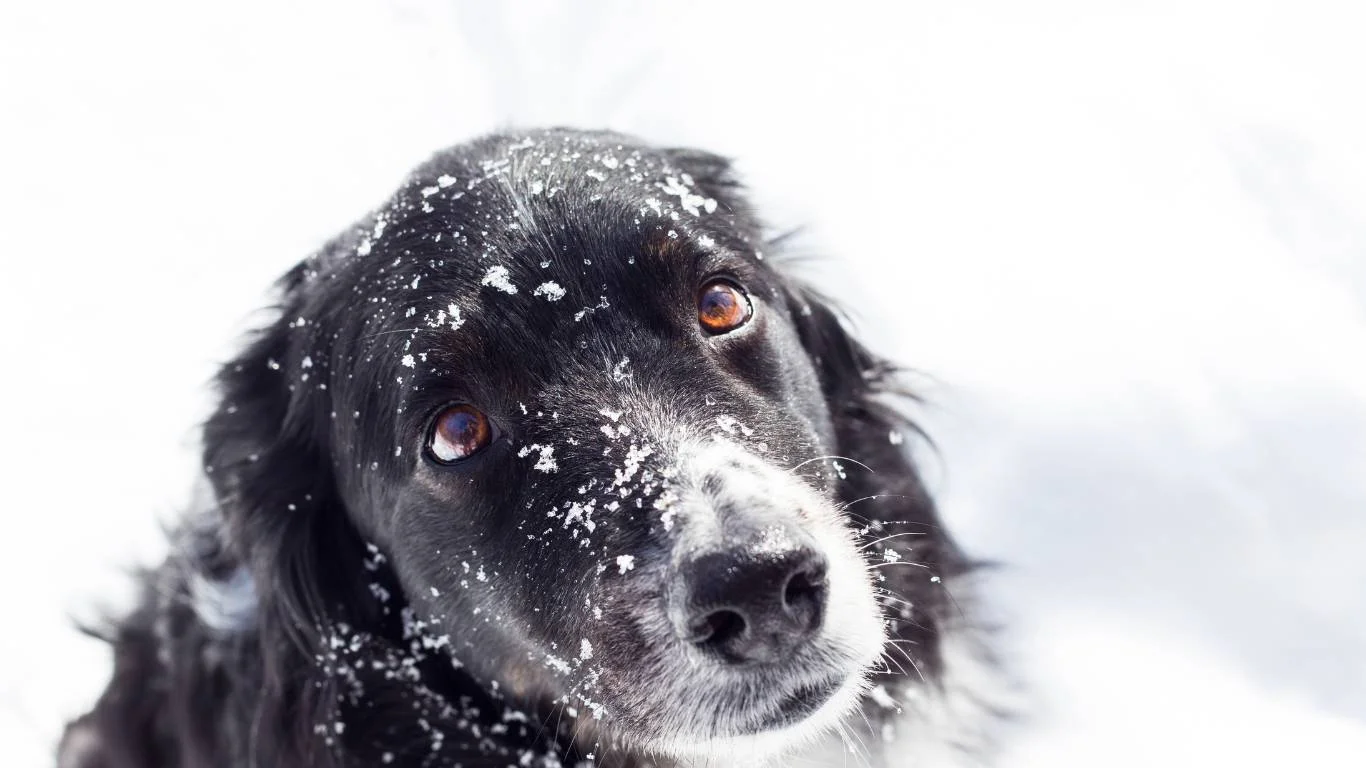
Nutrition has a huge impact on your dog’s digestive health—and mucus is no exception. When I worked with pet owners to fine-tune their dog’s diets, we saw a big difference in how their stools looked and felt. A few pointers:
Switching Foods Slowly
If you’re thinking, “Maybe I should just swap to a new kibble,” pause a sec. Abrupt diet changes can shock the gut and cause irritation, making mucus production spike. Transition over 7-10 days by mixing increasing amounts of the new food with the old.
Fiber’s Role in Gut Health
Fiber is a friend to your dog’s digestive system. It helps regulate bowel movements and supports good bacteria. Sometimes adding a little extra fiber, through pumpkin or specialized dog food, can soothe inflamed intestines and reduce mucus.
Avoiding Common Triggers
From my time in the clinic, I’ve noticed many dogs react badly to:
- Excessive dairy
- Highly processed foods
- Artificial additives and fillers
- Foods they’re allergic or sensitive to
Identifying and eliminating these can clear up mucus issues faster than you’d expect.
When to See the Vet: Trusting Your Instincts
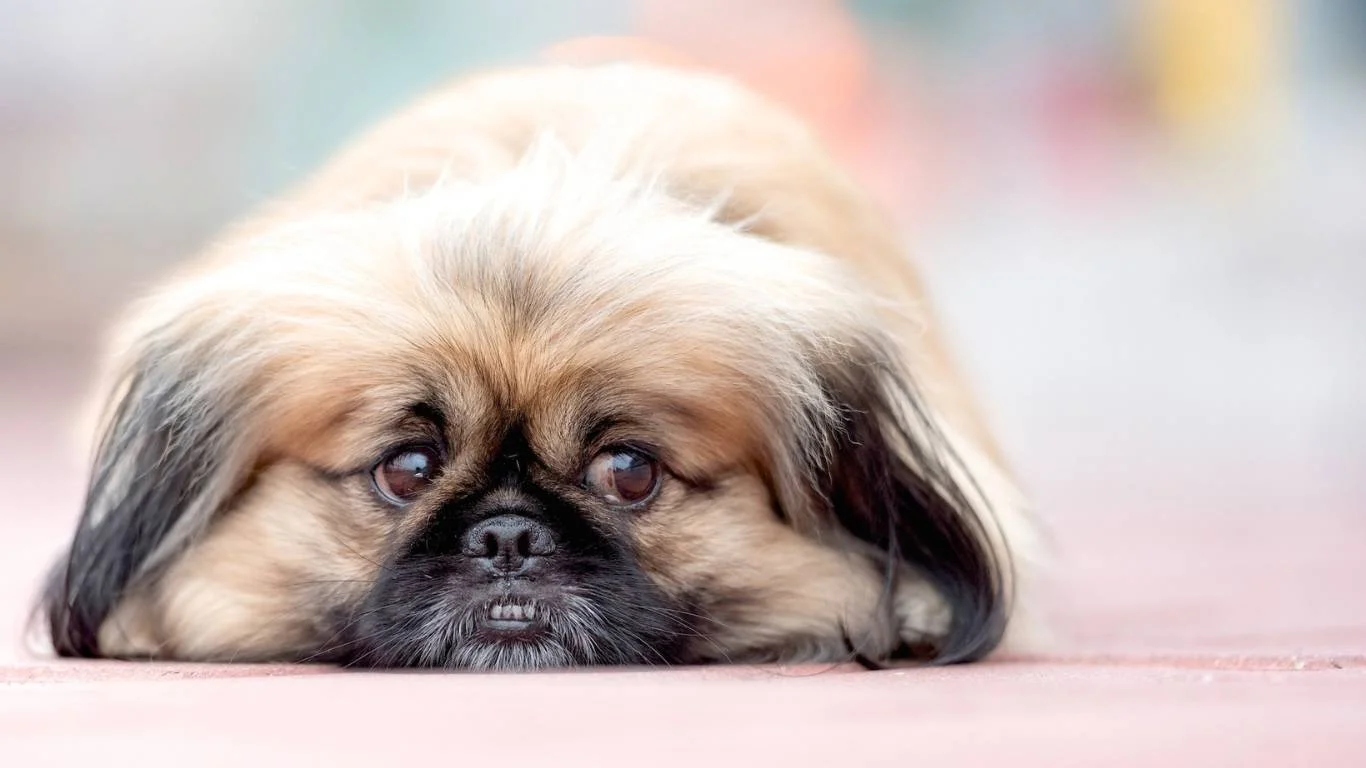
One of the toughest parts about being a pet parent is figuring out when something is serious enough to warrant a vet visit. Based on my years assisting vets and talking with worried owners, here’s my take: if you notice your dog’s poop is consistently covered in mucus and it doesn’t clear up in a couple of days, don’t wait it out. Sometimes, what looks minor can be a sign of something more complex going on internally.
Especially if your dog shows any of these signs alongside mucus-covered stool, it’s definitely time to schedule a check-up:
- Ongoing diarrhea or constipation — both can cause or be caused by mucus in stool.
- Visible blood in stool or mucus — this can indicate an injury or severe inflammation.
- Loss of appetite or vomiting — classic red flags for digestive upset.
- Weight loss or lethargy — signs your dog isn’t feeling well overall.
- Repeated straining or discomfort when pooping — can point to anal gland or rectal problems.
When you bring your dog in, expect the vet to ask detailed questions about diet, behavior, and poop history. Sometimes they’ll want to run stool tests, blood work, or even imaging to figure out the root cause. Don’t worry—getting to the bottom of it is the first step to making your pup feel better fast.
What Happens at the Vet?
From my hands-on experience in the clinic, I can tell you that veterinarians usually start with a thorough physical exam. They might check the abdomen, feel for any tenderness, and examine the anus and anal glands. Sometimes, a simple rectal exam can reveal inflammation or other problems contributing to mucus production.
Next up, diagnostic tests can include:
- Stool analysis: Checking for parasites, bacteria, or abnormal cells.
- Blood tests: To look for infections or signs of systemic illness.
- Imaging like X-rays or ultrasound: These help detect blockages, tumors, or structural issues.
In cases of inflammatory bowel disease or allergies, vets may recommend dietary trials or prescribe medications to calm inflammation. I’ve seen many dogs respond well once we nailed down the specific triggers.
Practical Tips for Managing Mucus in Dog Poop at Home
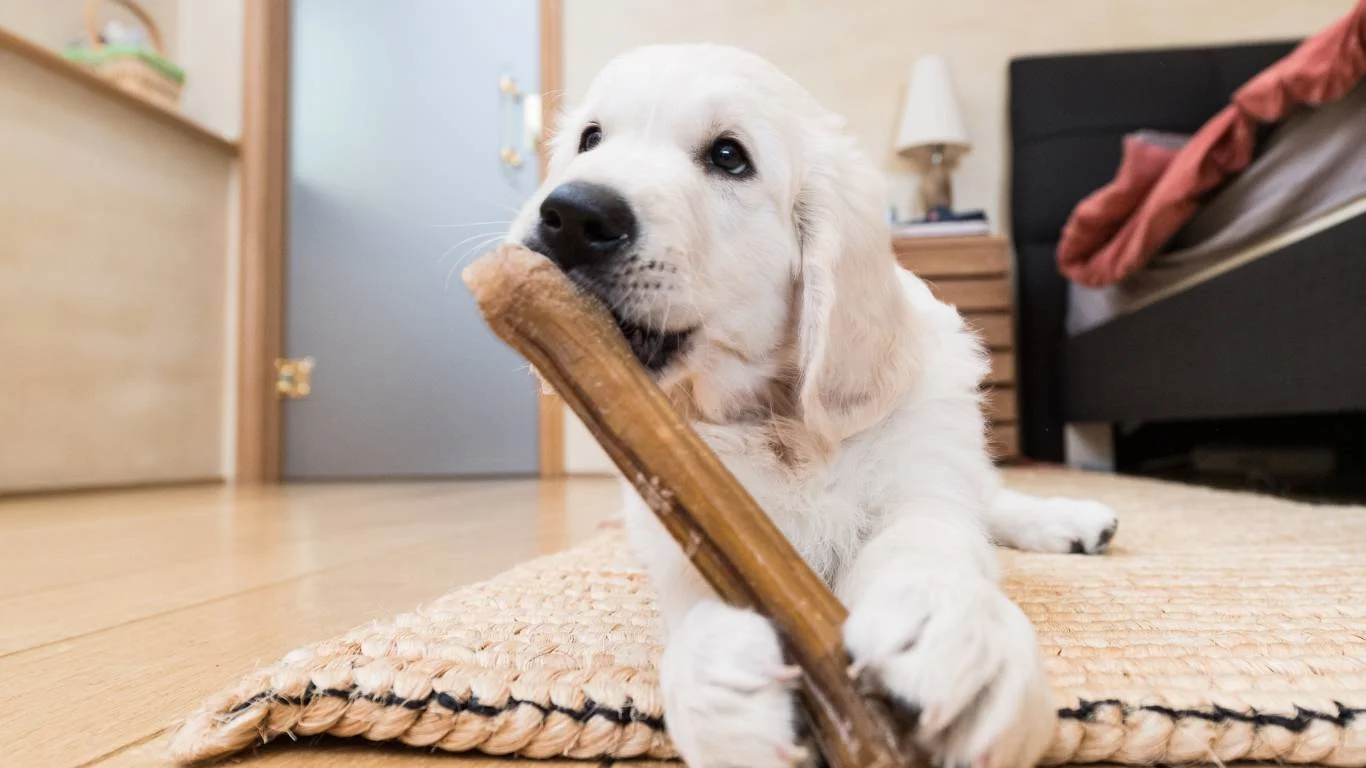
While waiting for a vet appointment or managing mild cases, there are some easy steps you can take to support your dog’s digestive health. Over the years, I’ve shared these with clients and pet owners who appreciate simple, actionable advice:
1. Keep a Poop Journal
This might sound a little extra, but tracking what your dog eats, how their stool looks, and any other symptoms can be a game-changer. When you visit the vet, having clear notes can speed up diagnosis and treatment. Plus, it helps you spot patterns linked to certain foods or stressors.
2. Hydration is Key
Never underestimate the power of water. Good hydration keeps the digestive system running smoothly and helps flush out irritants that might cause mucus. Make sure fresh water is always available, especially if your dog is dealing with diarrhea or other tummy troubles.
3. Consider Probiotics
Probiotics can be a real friend for dogs with digestive issues. They help restore the balance of good bacteria in the gut, which may reduce inflammation and mucus production. I’ve recommended probiotics in conjunction with vet advice, and many owners have seen their dogs’ stool quality improve.
4. Avoid Stress Triggers
Stress isn’t just a human problem—dogs feel it too, and it can wreak havoc on their guts. If you know your pup gets anxious during thunderstorms, vet visits, or changes in routine, try to minimize those stressors or use calming techniques like pheromone diffusers or gentle massages.
Understanding the Link Between Allergies and Mucus in Stool
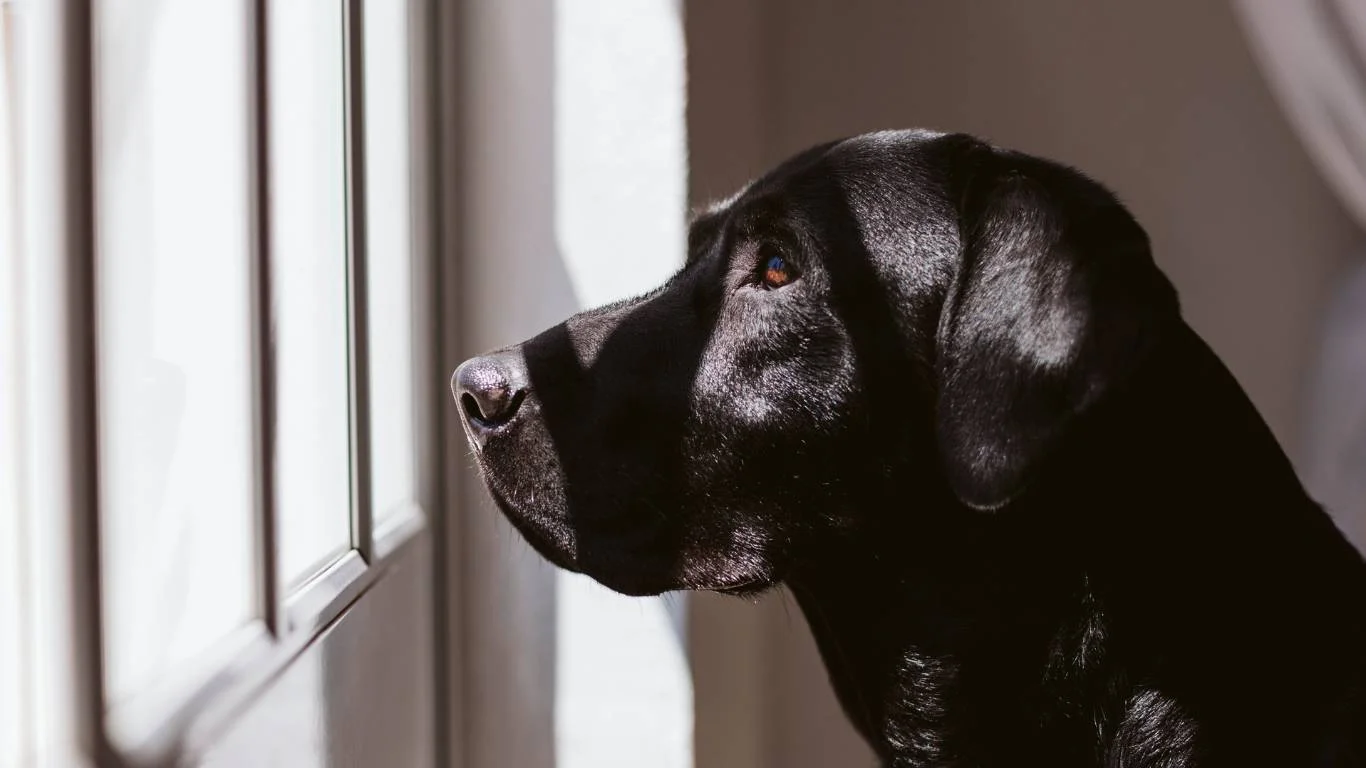
Food allergies or sensitivities are a sneaky culprit behind mucus in dog poop. As someone who has helped many owners navigate their dog’s tricky food allergies, I can say this: it’s often about trial and error to find the right diet that keeps inflammation and mucus at bay.
How Allergies Cause Mucus
When a dog’s immune system reacts to certain foods, it triggers inflammation in the gut lining. This inflammation leads to an increase in mucus production as the body tries to protect itself. Common allergens include:
- Beef
- Dairy
- Chicken
- Wheat and grains
- Soy
Switching to a limited ingredient or hypoallergenic diet often reduces symptoms, but make sure to do it under veterinary supervision to avoid nutritional gaps.
My Personal Take
I remember working with a dog named Max who had constant mucus-covered stools and itchy skin. After running allergy tests and adjusting his diet, Max’s poop improved and so did his overall energy. It’s a reminder that sometimes these issues are connected, and a holistic approach helps your dog thrive.
Long-Term Care: Keeping Your Dog’s Gut Happy and Mucus-Free
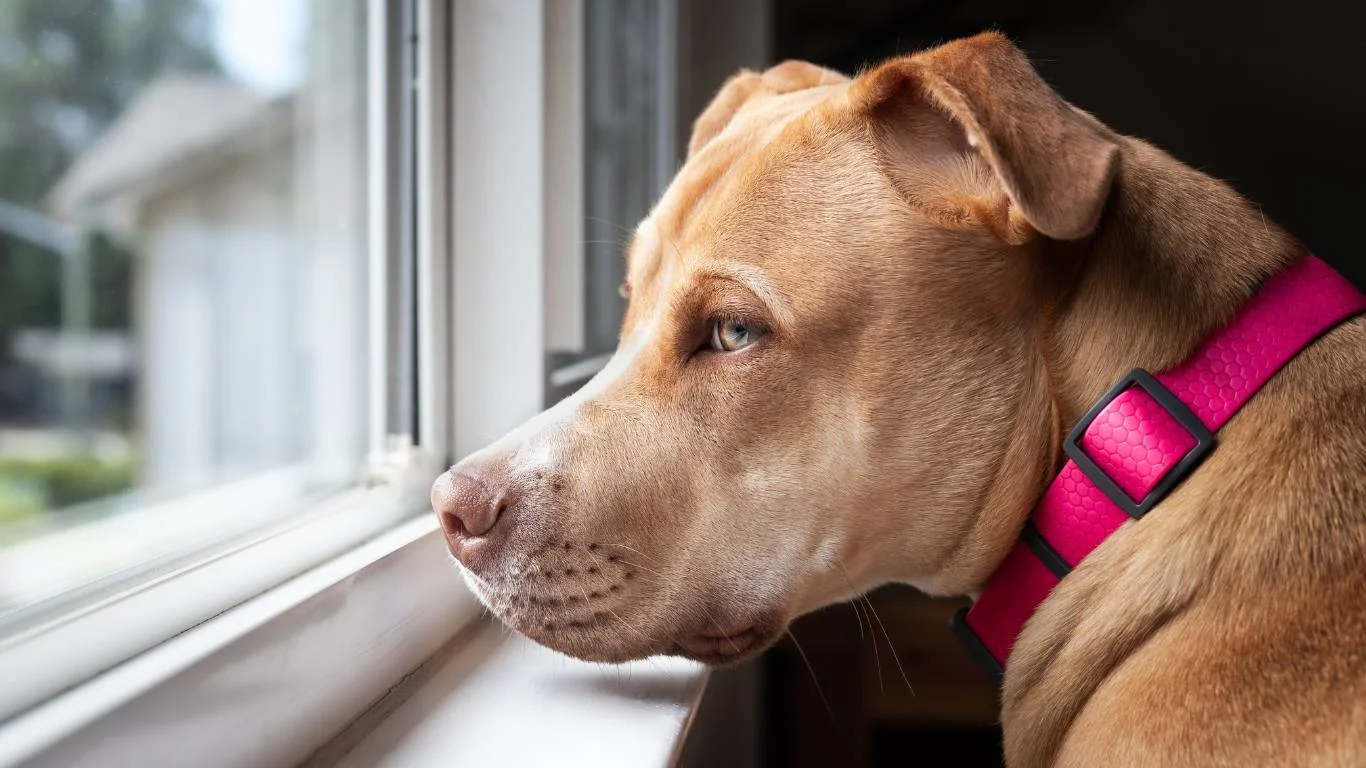
After dealing with mucus-covered poop, it’s natural to want to avoid a repeat performance. From my time working closely with veterinarians and pet nutritionists, I’ve learned that ongoing gut health maintenance is the best way to keep your dog comfortable and their stool looking healthy.
Routine Diet Monitoring
One of the biggest lessons I’ve picked up is that a well-balanced, consistent diet is the foundation for a healthy digestive tract. Switching foods suddenly or feeding table scraps can upset this balance and trigger mucus production. Keep your dog on high-quality food that suits their unique needs, and be cautious with treats or supplements.
If your dog has a history of digestive issues, it helps to:
- Stick with foods that have proven to be gentle and well-tolerated
- Consult your vet before trying any new brands or recipes
- Consider special diets designed for sensitive stomachs or allergies
Regular Vet Check-Ups
Even when things seem fine, regular wellness visits can catch digestive problems before they escalate. I’ve seen cases where subtle signs of gut inflammation were detected early thanks to routine exams, allowing for quick and effective treatment.
Watch for Behavioral Clues
Your dog can’t tell you exactly what’s wrong, but they do communicate through behavior. If you notice changes like increased licking of the rear end, scooting, or frequent straining, it might indicate irritation or anal gland problems that could cause mucus in the stool.
Common Myths About Mucus in Dog Poop
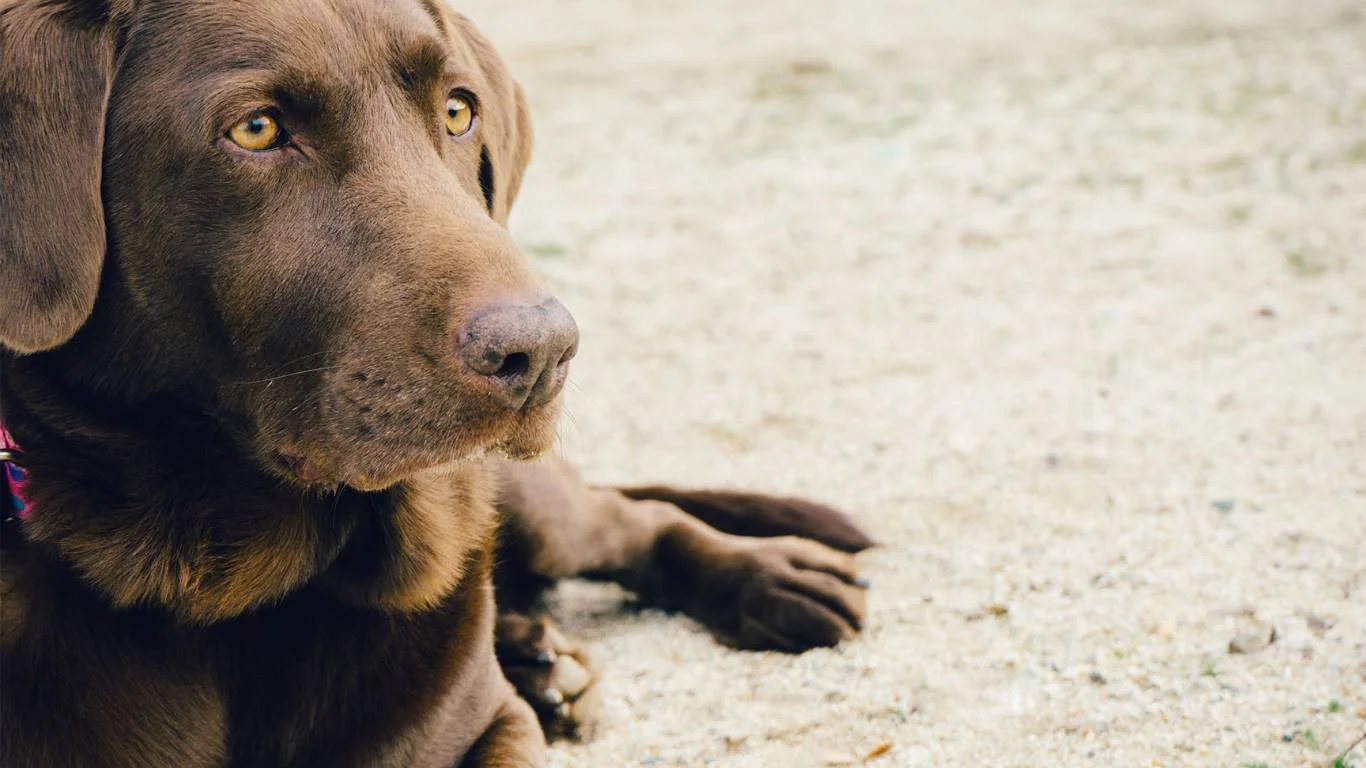
Let’s clear up some misunderstandings I’ve heard many times during my veterinary assistant career:
Myth 1: Mucus always means something serious
Not always. A small amount of mucus can be normal, especially if your dog recently had a stressful episode or a minor digestive upset. The key is to look at the whole picture—behavior, frequency, and additional symptoms.
Myth 2: Only diet causes mucus in dog poop
While diet is a huge factor, infections, allergies, stress, and even physical issues like anal gland infections can cause mucus. It’s a multi-faceted issue, and sometimes more than one factor is at play.
Myth 3: You can just wait it out without consequences
Ignoring persistent mucus can lead to chronic inflammation or other complications. If symptoms linger, it’s better to get a professional opinion to prevent unnecessary suffering for your furry friend.
Final Thoughts on Why Is My Dog’s Poop Covered in Mucus?
From what I’ve seen firsthand, mucus-covered stool is your dog’s gut waving a little flag. It’s a message to slow down, check their diet, manage stress, and sometimes get professional help. The good news? Many causes are manageable with the right approach—diet changes, hydration, vet care, and a bit of patience.
Every dog is different, and what works for one might not work for another. That’s why I always encourage owners to pay close attention to their pup’s unique signs and symptoms, keep detailed notes, and don’t hesitate to reach out to trusted veterinary professionals. After all, a healthy gut equals a happy dog!
References
- American Veterinary Medical Association
- World Small Animal Veterinary Association
- American Animal Hospital Association
- PetMD
Disclaimer
This article is intended for informational purposes only and does not replace professional veterinary advice. If your dog’s symptoms persist or worsen, please consult a licensed veterinarian for diagnosis and treatment. Every pet’s health situation is unique, so personalized veterinary care is essential.
